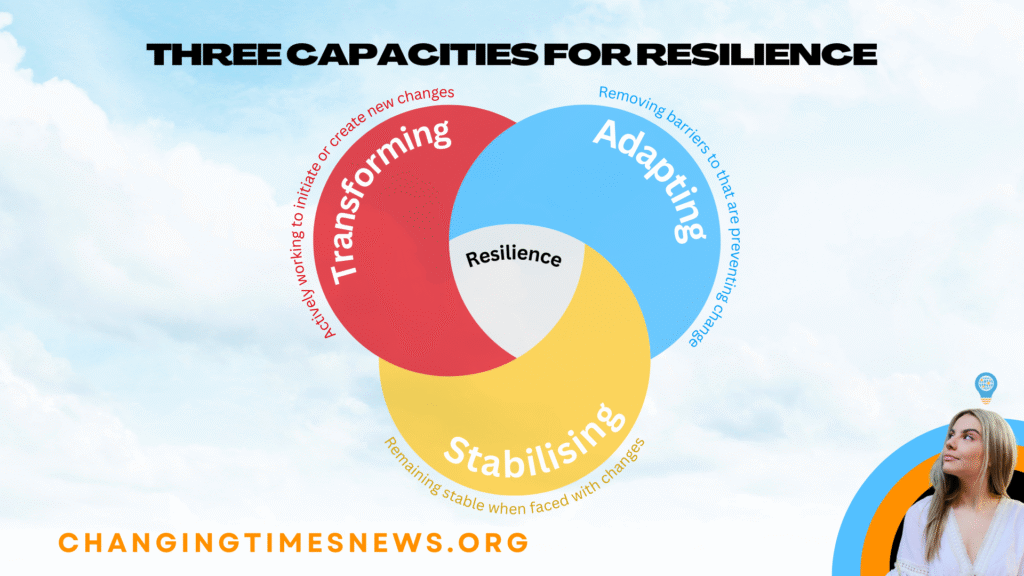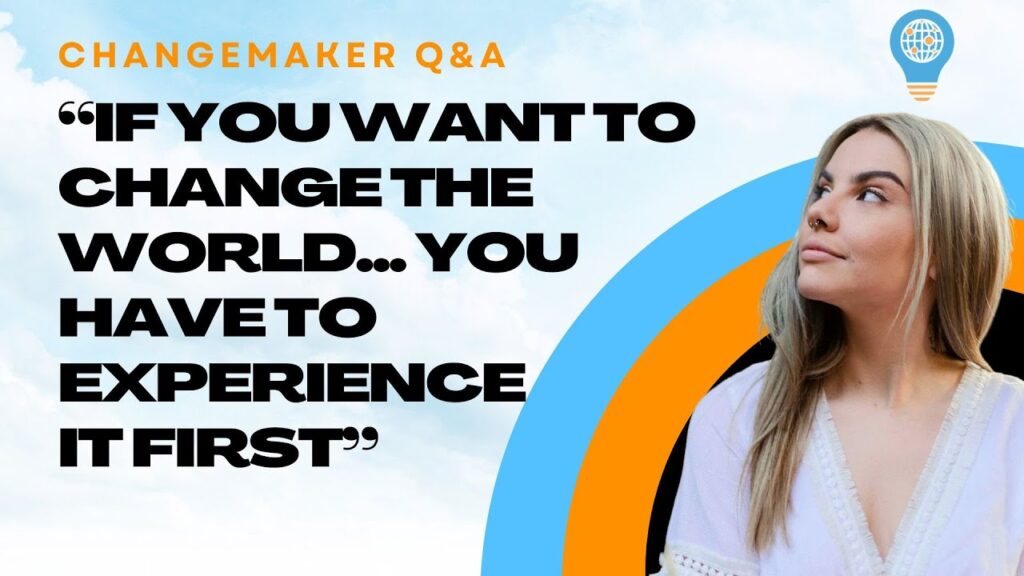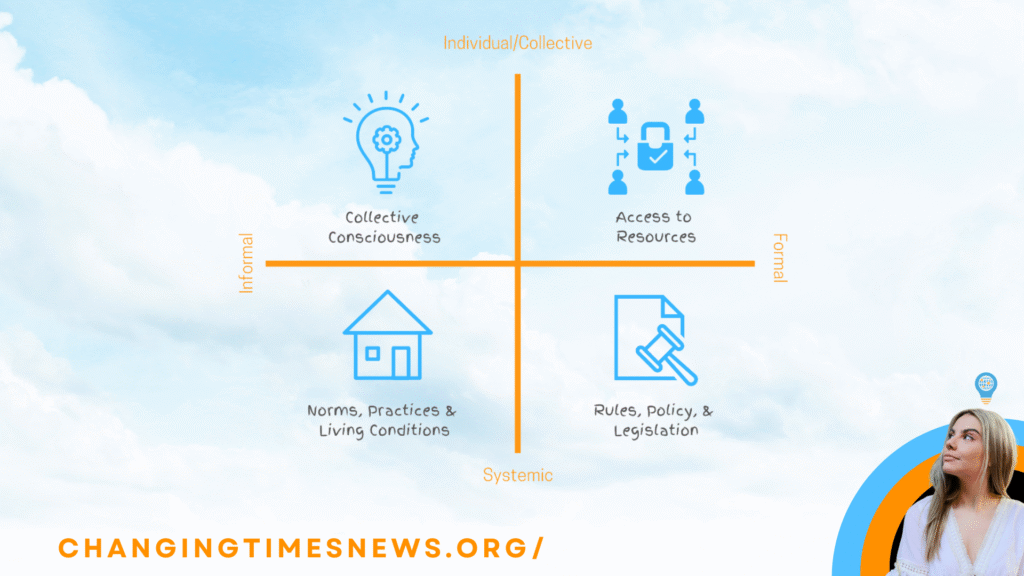Natural disasters are no longer rare shocks to the system — they’re a recurring feature of our climate-altered world. In Australia and beyond, storms, bushfires, floods, and cyclones are striking with increasing intensity and frequency. For changemakers — people committed to driving social and environmental transformation — disaster preparedness is not just about personal safety. It’s a strategy for building resilience in communities and movements.
That’s the focus of the latest episode of Changemaker Q&A, where I explore the urgent need to think about preparedness on two levels: as individuals facing potential disasters in our homes, and as advocates working within the broader social change space.
A Growing Urgency
Climate change is pushing natural disasters into new territories. In Queensland, where I live, recent cyclonic weather surprised many — but not climate scientists. The Intergovernmental Panel on Climate Change (IPCC) has warned that warming seas will likely shift cyclone tracks further south, making regions like Southeast Queensland more exposed than in the past (IPCC, 2022).
Australians are particularly vulnerable, given our geography. Bushfires and flooding events are already familiar risks. In 2020, the “Black Summer” fires burned more than 17 million hectares, destroyed thousands of homes, and affected nearly three billion animals (Australian Museum). These impacts highlight why preparation cannot be an afterthought.
Preparedness at Home
On the podcast, I break down the essentials of an emergency kit: water, non-perishable food, first aid supplies, a radio, spare batteries, sturdy shoes, and copies of important documents, all stored securely. These basics aren’t luxuries; they’re lifelines.
The Australian Red Cross provides detailed guidance for households, including checklists and planning resources for evacuation or sheltering in place (Red Cross: Get Prepared). What’s striking is that while many people rush to supermarkets when a cyclone warning is issued, the real challenge is preparing before disaster strikes — a task complicated by the realities of the cost of living crisis. For families living week to week, stocking up on supplies in advance can be financially out of reach.
Preparedness as Social Change
For changemakers, disaster preparedness extends beyond go-bags and bottled water. Disasters disproportionately affect marginalized communities — people with insecure housing, limited access to emergency services, or systemic disadvantages. Relief efforts too often miss these groups, deepening inequality.
That’s why preparedness needs to be embedded in advocacy and policy change. Strengthening building codes, investing in early warning systems, ensuring inclusive emergency response plans, and fostering local mutual aid networks are all part of creating climate-resilient societies.
As I explain on the show, disaster preparedness isn’t just about surviving a crisis — it’s about resilience. Resilience, in this context, means building systems that can stabilize (maintaining critical functions), adapt (responding flexibly to changing risks), and transform (tackling root causes, like climate change and inequitable infrastructure).

Building Back Better
Globally, some communities already embody this resilience. In Bangladesh, floating schools and homes help families adapt to seasonal flooding. In the Philippines, post-typhoon reconstruction has included reforms that embed disaster risk management into national development strategies. These examples show that resilience isn’t simply bouncing back — it’s evolving forward.
As changemakers, we must advocate for preparedness at every level: in our households, in our communities, and in the policies that shape our future. Because disasters will come — the question is whether we are ready to meet them with not only supplies, but also solidarity and systemic vision.


